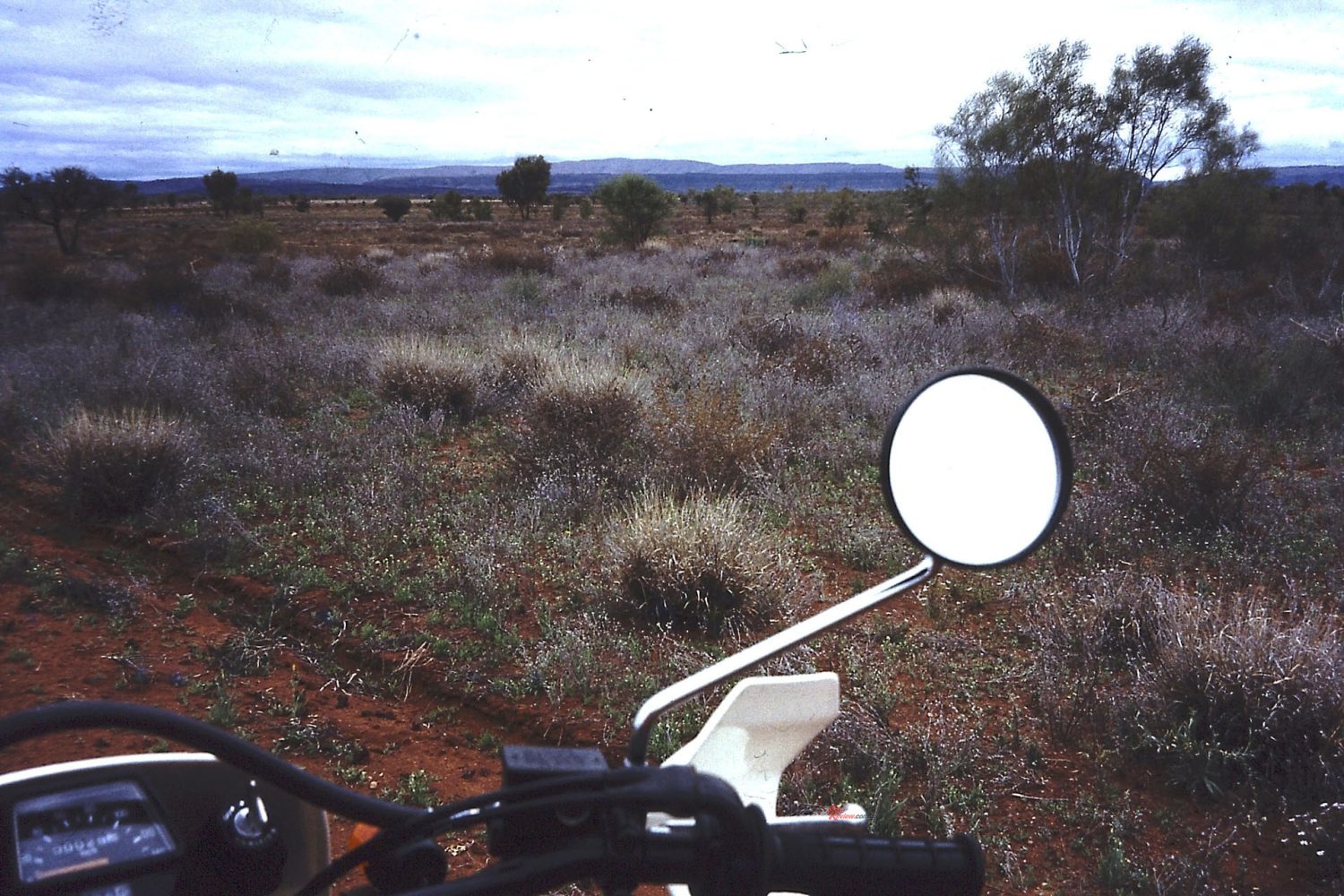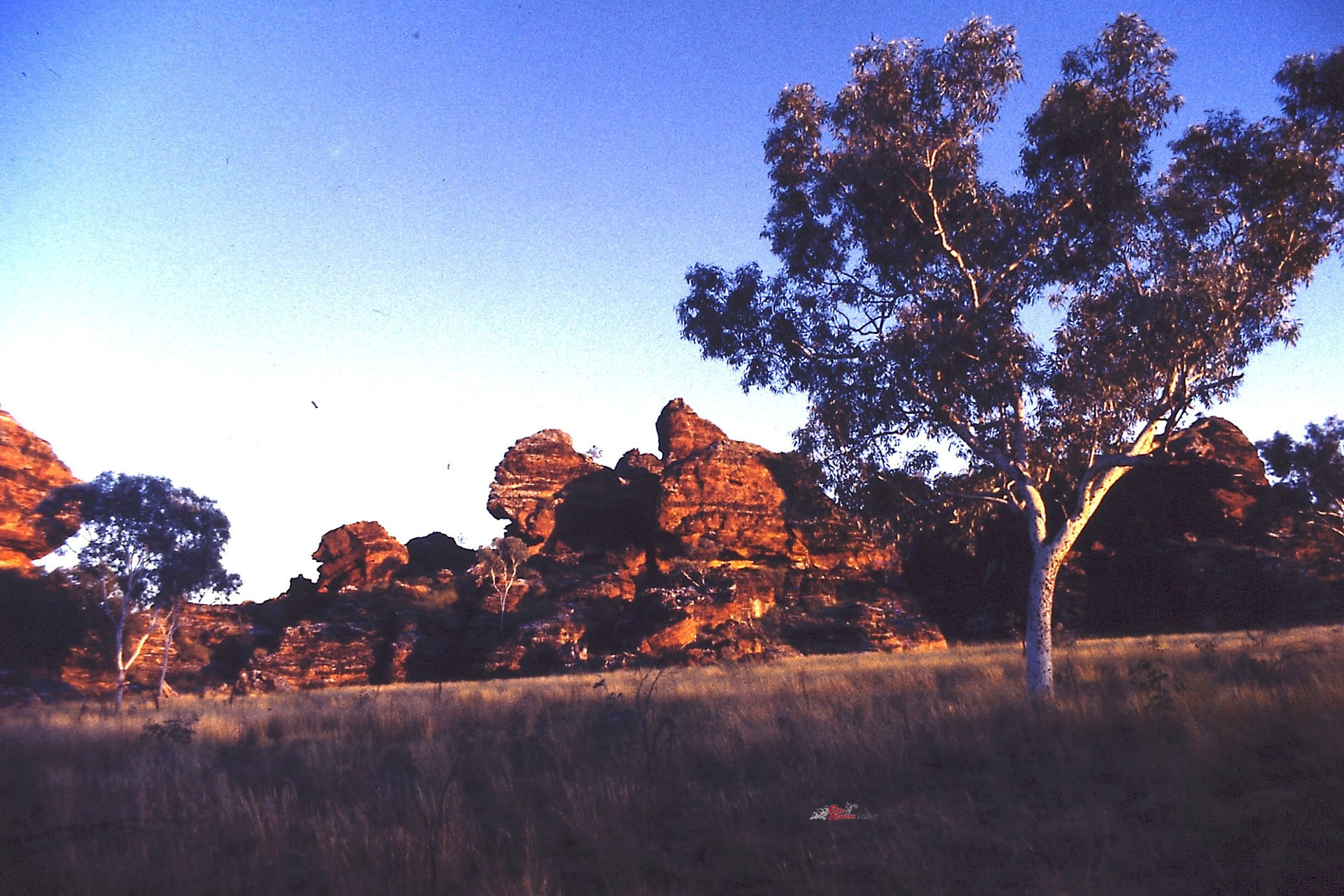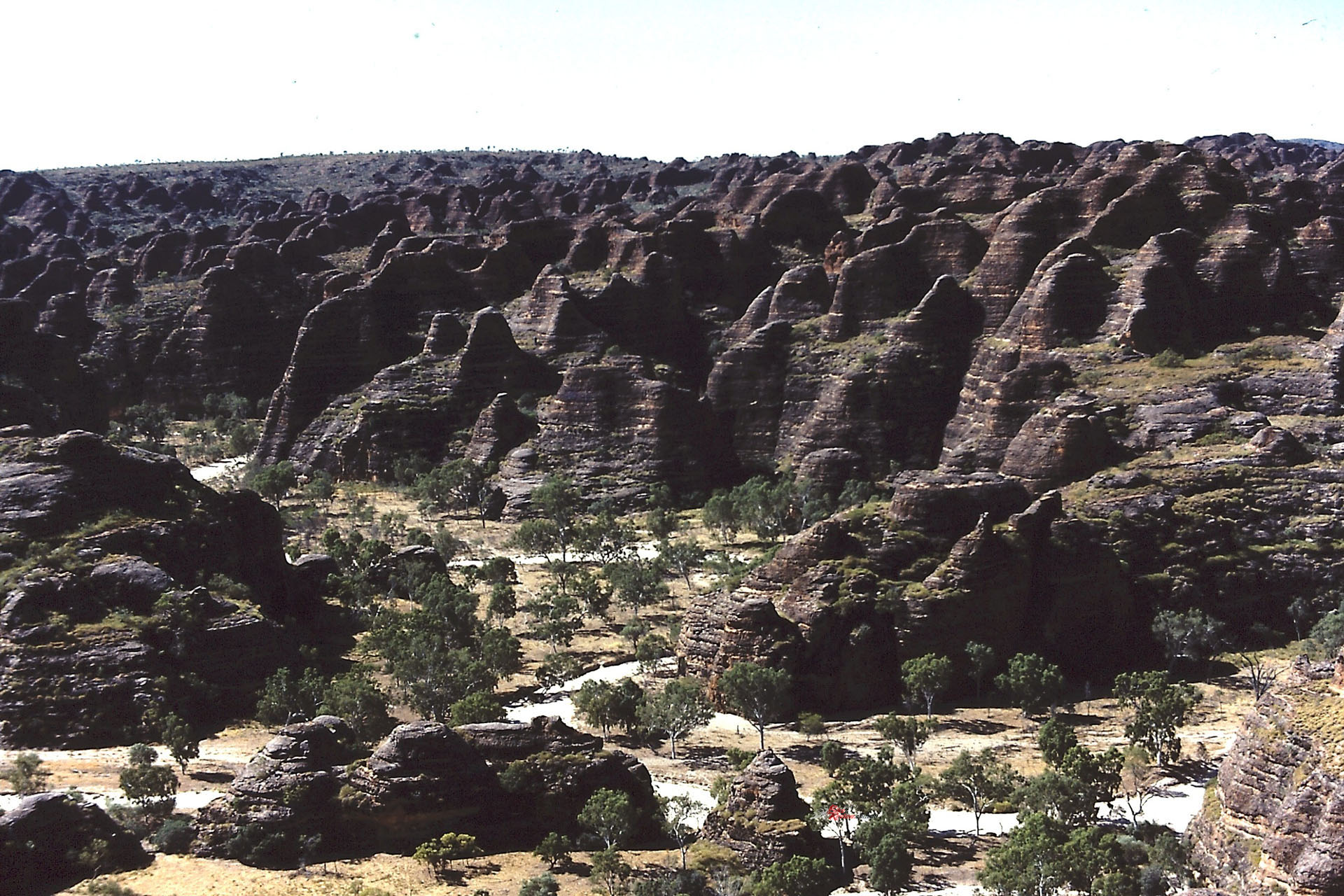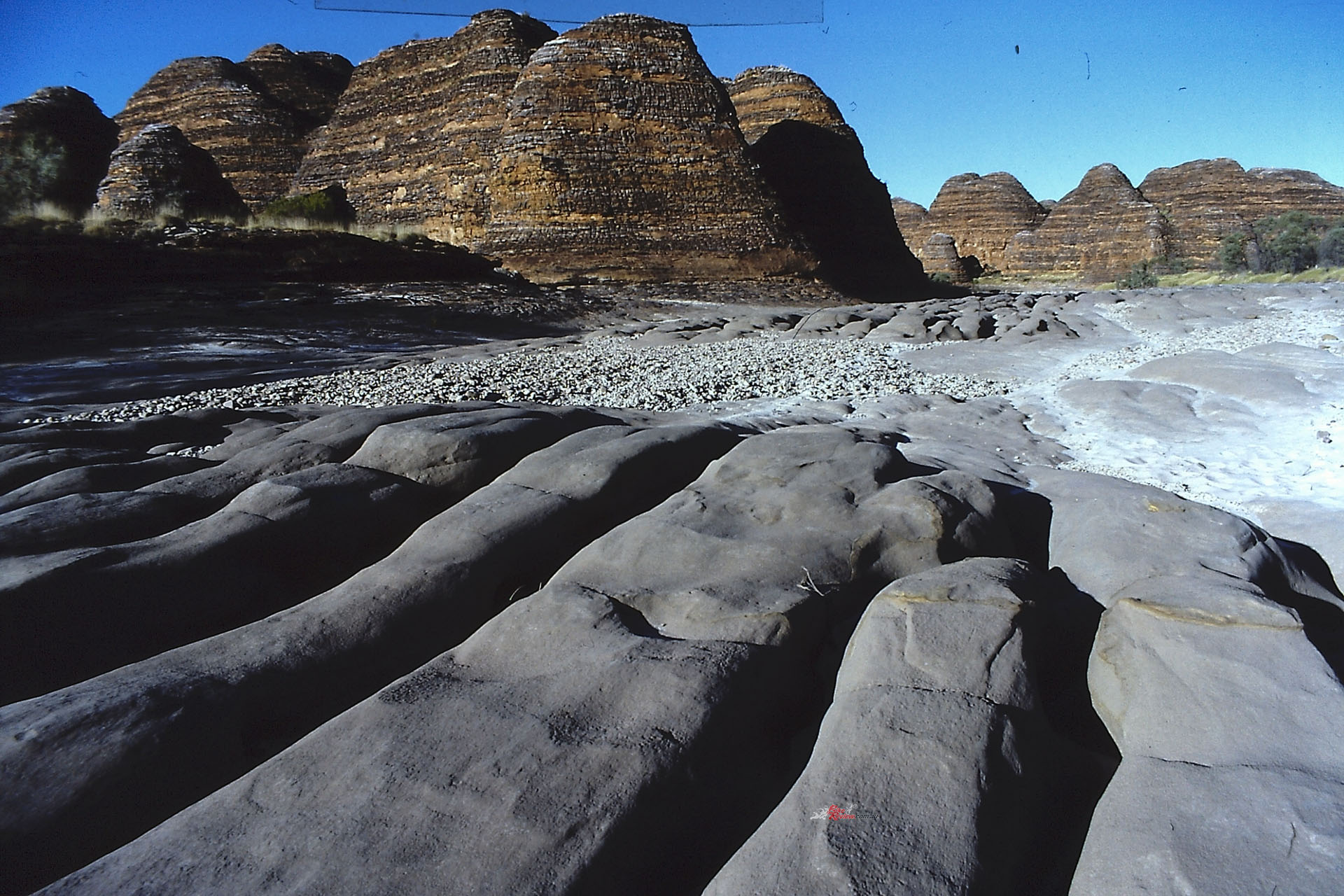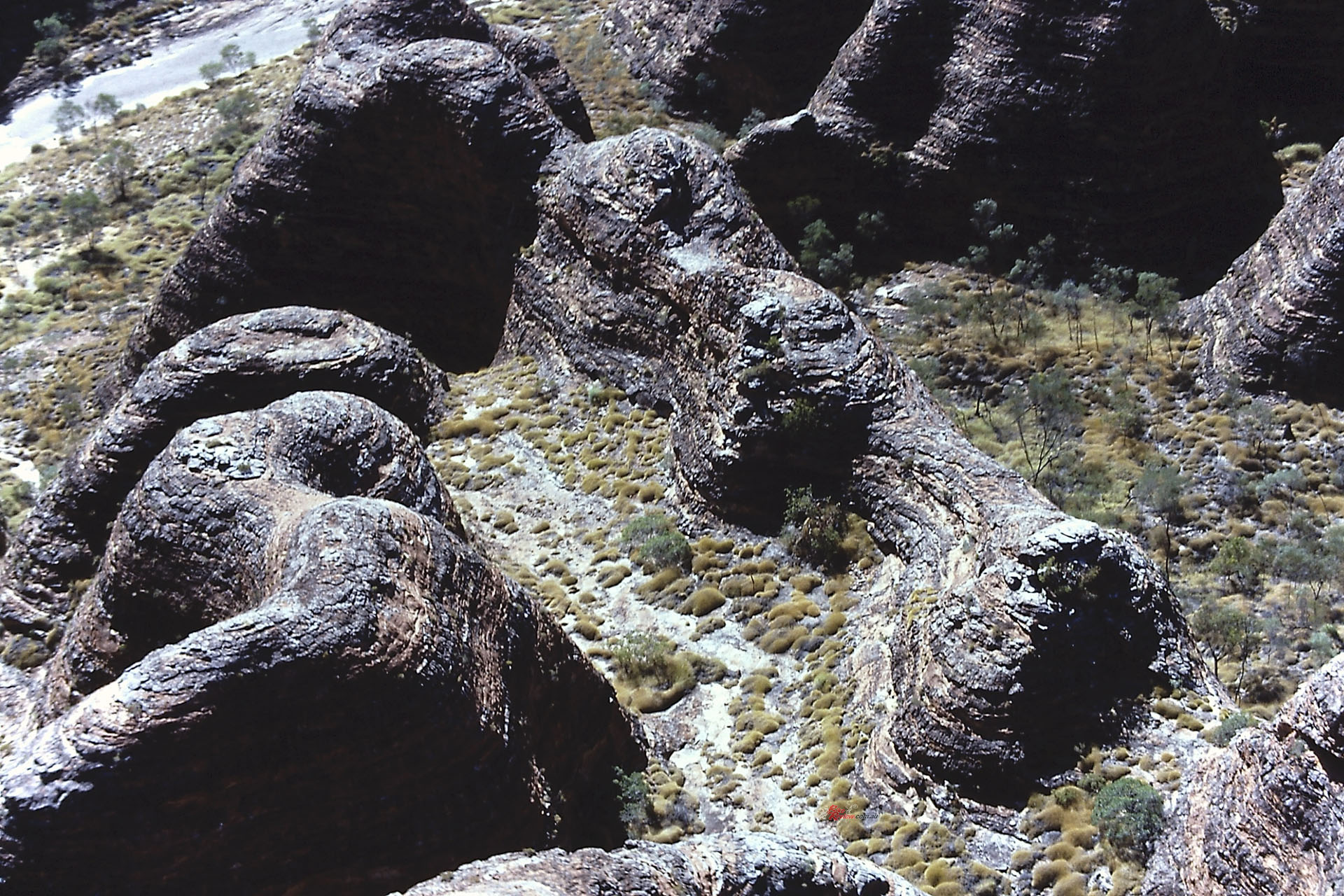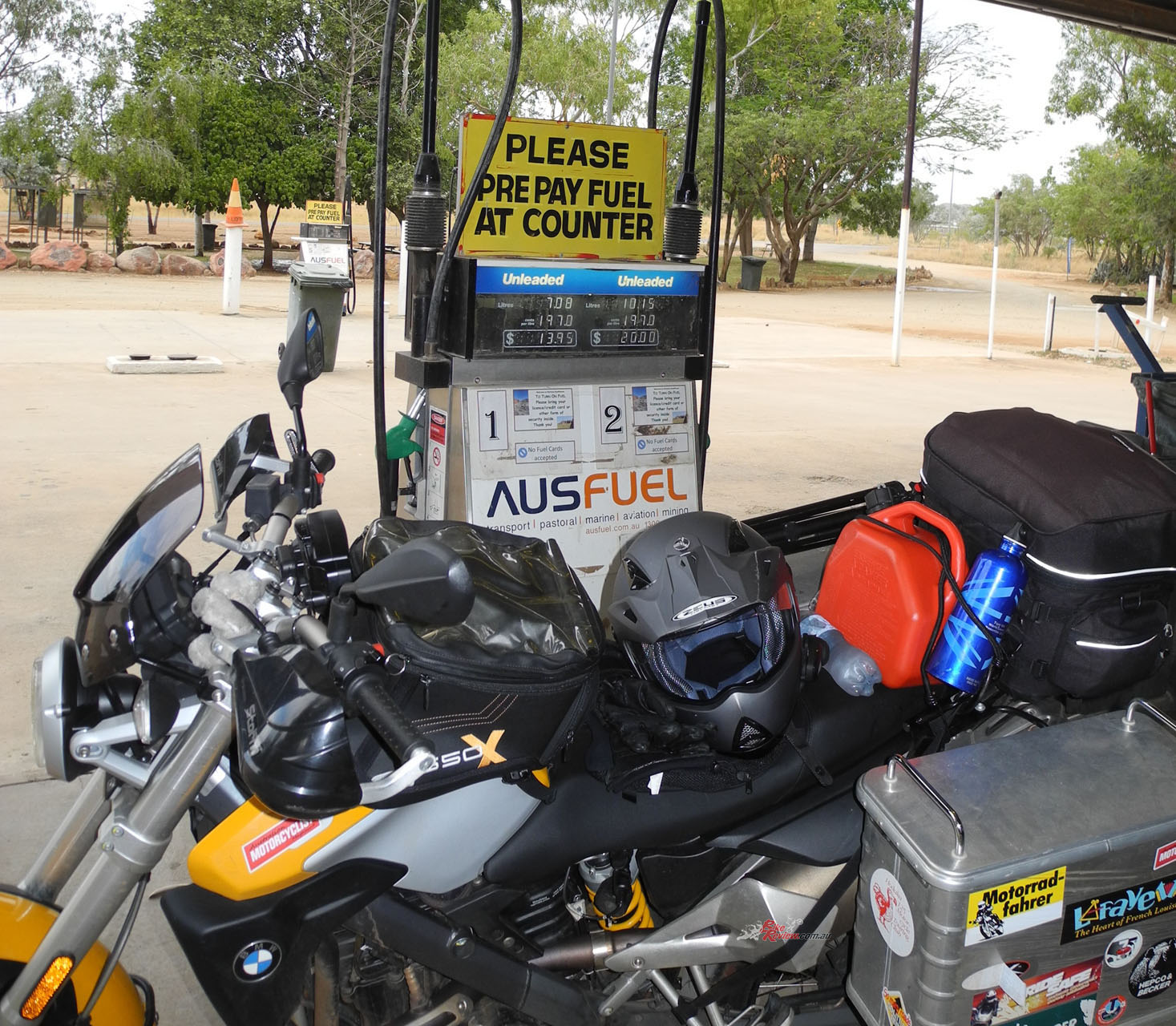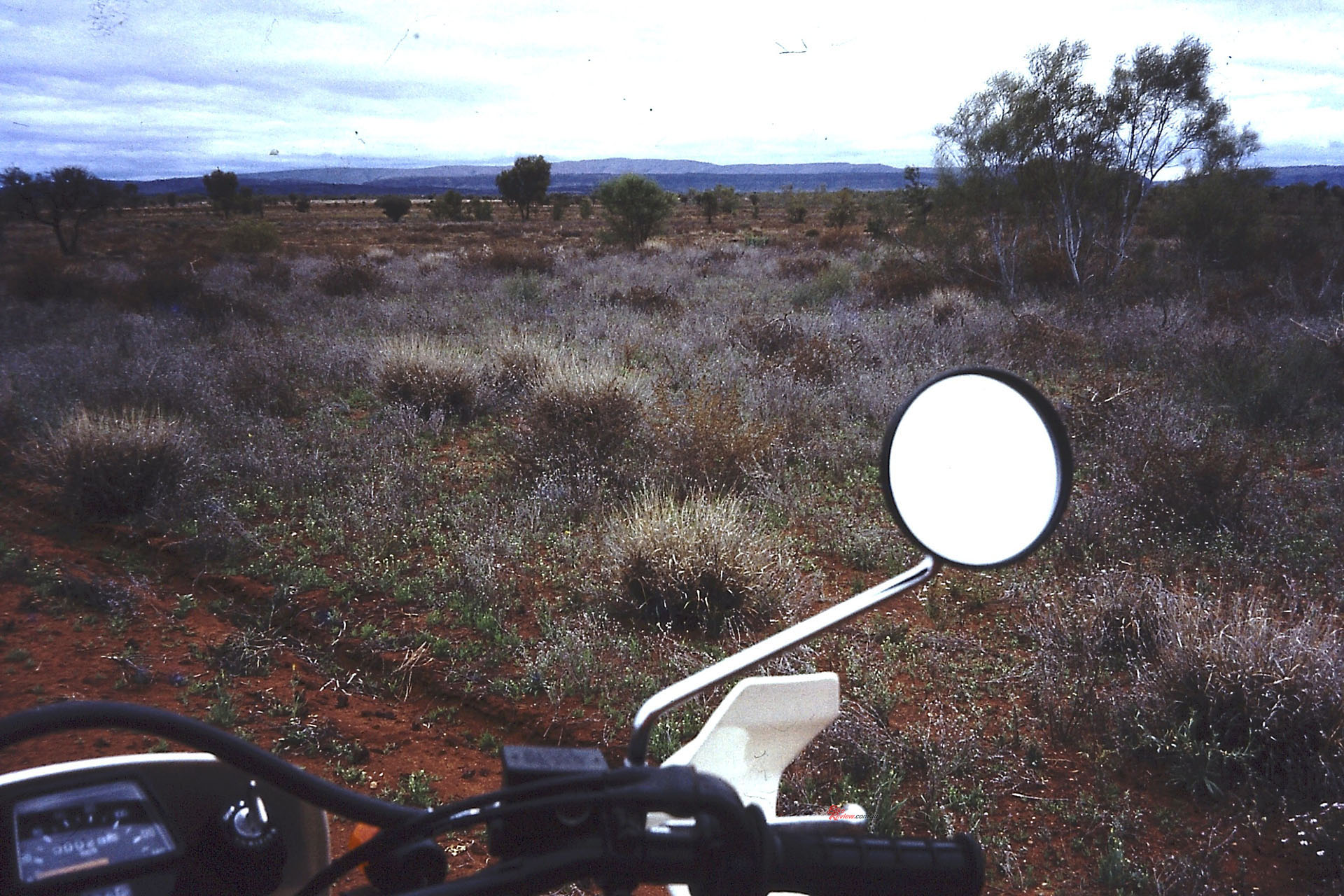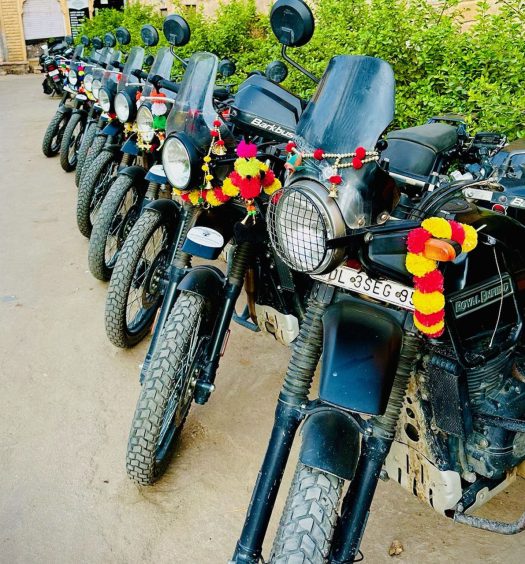Bear Tracks | Should you have the opportunity to see the Bungle Bungles, take it and spend a night there. There is nowhere else on Earth that’s quite the same... Images: The Bear/Tourism WA
Don’t tell me the good lord has no sense of humour. There has to be a reason why so many of the wonderful scenic destinations on Earth are hard to get to. Do some work for your sightseeing! WA’s remote Bungle Bungle Range (Purnululu Range) is like that.
Let’s start at the beginning. Thank the humble cyanobacterium. Without it, you would not be here today, or if you were you would not be breathing oxygen. Which is just another way of saying that you would not be here; it takes an oxygen atmosphere to allow efficient aerobic respiration to take place, which is vital for the evolution of relatively complex life forms such as talk-back radio hosts. I did say “relatively”.
Read previous Bear Tracks articles here…
Cyanobacteria were kind enough to produce oxygen gas as a by-product of photosynthesis. Without aerobic respiration, the most complex life form likely to evolve would just about be smart enough to be elected to federal parliament.
Cyanobacteria converted the early reducing atmosphere into an oxidizing one, which dramatically changed the composition of life forms on Earth by stimulating biodiversity. According to endosymbiotic theory, the chloroplasts found in plants and eukaryotic algae evolved from cyanobacterial ancestors via endosymbiosis, in other words the cyanobacteria crawled into plants and made themselves at home.
Mr and Mrs Everyplant were happy for a few million years making oxygen until mammals evolved and eventually produced those talk-back radio hosts.
Cyanobacteria did a couple of other things apart from making possible the existence of shock jocks and politicians, and these others are rather more attractive. They are stromatolites – check them out on your way to shake flippers with the dolphins at Shark Bay, also in Western Australia – and the stripes on the Bungle Bungles.
The Bungle Bungles are in Purnululu National Park in northern Western Australia. The park’s name comes from the Kija or Kitja Aboriginal language and means either “sandstone” or “bunches of grass” (don’t you just love ethnolinguistics?) or possibly “fantastic tourist attraction”. No, I made that last one up. The name “Bungle Bungles” was also supposedly from a local language, but nobody can remember what it meant.
An adventure bike will get you in there easily if you don’t mind a bit of sand…
These towers of rock, carved from a small plateau by the Ord River and its tributaries as well as the wind, have horizontal stripes a bit like beehives. Well, actually nothing at all like beehives but that is the closest familiar image that anyone’s come up with. Not that many people are familiar with these kinds of beehives, either. We just use boxes now, and the rocks do not look like boxes.
The alternating layers of rock either have a lot of clay in them, in which case they retain water and cyanobacteria grow on them – making them greyish green – or they contain, and are covered by a patina of, iron and manganese, and nothing grows on them in which case they are orange/red. The effect really is quite otherworldly.
The Bungles were “discovered” by non-natives only in the mid-1980s, either by a camera team or by a local squatter – stories vary. We can only say “thank heavens” for that, because they have been looked after since then and left in a reasonably natural state. Local Aboriginal people, who of course knew about them all along, are their guardians.
The Bungles are truly one of the wonders of the natural world and worth seeing, or rather experiencing. They’re a magic place, even more so at night and with a full moon. The surface of the rock towers is extremely fragile, by the way. No climbing – even a little bit. What you destroy will never be replaced.
Purnululu National Park was created to formalise their protection in 1987. Road access is by way of Spring Creek Track, which is signposted on the Great Northern Highway some 250km south of Kununurra. The 53km track ends at the visitor centre. It is usable only in the dry season (roughly the beginning of April to the end of December), and supposedly only by 4WD vehicles. An adventure bike will get you in there easily if you don’t mind a bit of sand. There are two campsites near the Bungles themselves, one with a bore. You need to take in all of your supplies – and I do mean all, except for water and firewood. Ideally those as well.
Stock up either all the way back in Kununurra or in Warmun, also known as Turkey Creek, but this is an Aboriginal settlement so don’t expect to buy full strength beer or other booze. They do have light beer – and fuel, probably opal.
Once you’ve set up camp in Purnululu you can go for walks – there are several posted ones, including the Piccaninny Creek Walk which is quite long but well worth doing. It used to be (and possibly still is) that if you were there at the right time you could take a helicopter ride over the range, which is impressive but not cheap – or ride down to Echidna Chasm and have a wander through that. It’s spooky as; I couldn’t help feeling that it might suddenly snap shut and leave me as a thin smear of blood and crushed bone between the rock surfaces… all right for cyanobacteria, but not for bears.
Should you have the opportunity to see the Bungle Bungles, take it and spend a night there. There is nowhere else on Earth that’s quite the same…

